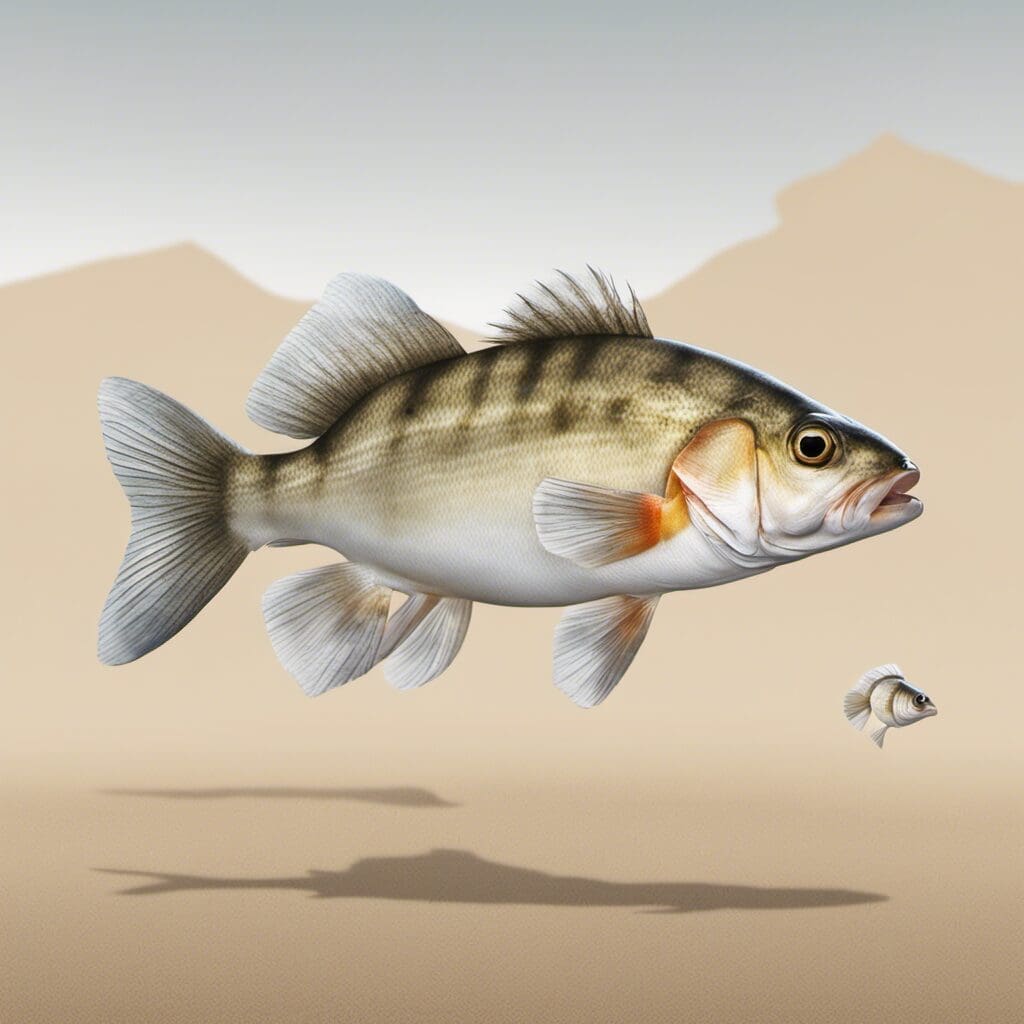Introduction
Sand Perch, scientifically referred to as Diplectrum formosum, are fascinating species that belong to the family Serranidae. With their distinct features and intriguing behavior, they are a point of interest for many anglers and marine researchers alike.
Conservation Status
Current Status
Current conservation status of the Sand Perch is not considered to be at risk or threatened at large due to their widespread distribution and relatively high population figures. Sand Perch are not listed on the International Union for Conservation of Nature (IUCN) list.
Conservation Efforts
In spite of their stable numbers, there are marine protection initiatives intact that indirectly benefit the Sand Perch. Such measures include regular ecosystem monitoring and restrictions on harmful fishing methods, which ensure stable population numbers and mitigate potential risks.
Statistics
| Statistic | Average | Range |
|---|---|---|
| Length | 15 cm | Up to 25 cm |
| Weight | Not Specified | Not Specified |
| Average Lifespan | Not Specified | Not Specified |
Distribution
The Sand Perch is widely distributed across multiple regions and countries. It is commonly found throughout the Western Atlantic region including Florida, Bahamas, the Gulf of Mexico, and further south reaching as far as Brazil.
Migration Patterns
Mostly, the Sand Perch are sedentary, not known for big migrations. They tend to remain in the same general area where food access and proper habitat conditions exist.
Habitats
Sand Perch are marine species that usually prefer warm, tropical waters. They are primarily found in inshore waters among reefs with sandy or muddy bottoms. The depth range of their habitats varies, typically within shallow coastal waters.
Water Type
Marine
Depth Range
They are seen anywhere in the depth range of 1 to 55 meters.
Temperature Range
They lean towards warmer water preferences, typically found in tropical, subtropical climates.
When and Where to See
Seasonal Patterns
Sand Perch are sighted year-round but are more prevalent during warmer months.
Time of Day
Though they can be fished throughout the day, early morning and dusk are the best times to spot them as this tends to be their most active period.
Best Fishing Locations
There’s no definitive list of the top fishing locations for Sand Perch. However, the most commonly reported regions include Florida, the Bahamas, the Gulf of Mexico, and some parts of Brazil. Check regional fishing reports and regulations before planning a trip.
How to Catch
Preferred Bait or Lures
Small live shrimps and baitfish, artificial lures and jigs have been found to be effective.
Fishing Techniques
Bottom fishing, light tackle fishing, and drift fishing techniques are commonly employed while catching Sand Perch.
Best Time of Day or Season for Fishing
Morning and dusk, primarily during the warmer months of the year, are deemed as the best for fishing Sand Perch.
Identification Guide
Physical Characteristics
Sand Perch have an elongated, compressed body with a large mouth and distinct lateral line. They exhibit a rosy silver color on the upper body and silver-white on their underside. Vertical orange to brown stripes are also seen on the upper body.
Comparison with Similar Species
Other species in the same family, such as the Serranus species, can closely resemble Sand Perch but differ in the positioning and structure of their fins.
Culinary
How to Cook
The mild, sweet taste of Sand Perch has resulted in it being a popular table fare. It can be fried, baked, broiled or even used in stews.
Taste Profile
Sand Perch meat is delicate, with a sweet and mild flavor.
Nutritional Information
Rich in omega-3 fatty acids and low in fat.
Recipes
Recipes include Perch with Lemon and Parsley, Fried Sand Perch, and Perch stew among others.
Additional Information
Behavior
Sand Perch are bottom-dwellers and mostly solitary in nature. They are predator species feasting on small fishes and invertebrates.
Predators and Threats
Natural predators for Sand Perch include larger fish species and birds. Overfishing and degradation of the habitat from pollution are their main human-induced threats.
Cultural/ Historical Significance
No specific cultural or historical significance has been recorded for Sand Perch.
References and Further Reading
For more detailed information, the following resources are recommended:
- [Fisheries and Aquacultures – Species Fact Sheets](http://www.fao.org/fishery/species/2816/en) – FAO
- [Sand Perch – Species Information](https://www.floridamuseum.ufl.edu/discover-fish/species-profiles/diplectrum-formosum/) – Florida Museum
- [Sand Perch – Details](https://www.fishbase.de/summary/Diplectrum-formosum.html) – FishBase
- [Aquatic Species – Sand Perch](https://www.itis.gov/servlet/SingleRpt/SingleRpt?search_topic=TSN&search_value=167114#null) - Integrated Taxonomic Information System (ITIS)

